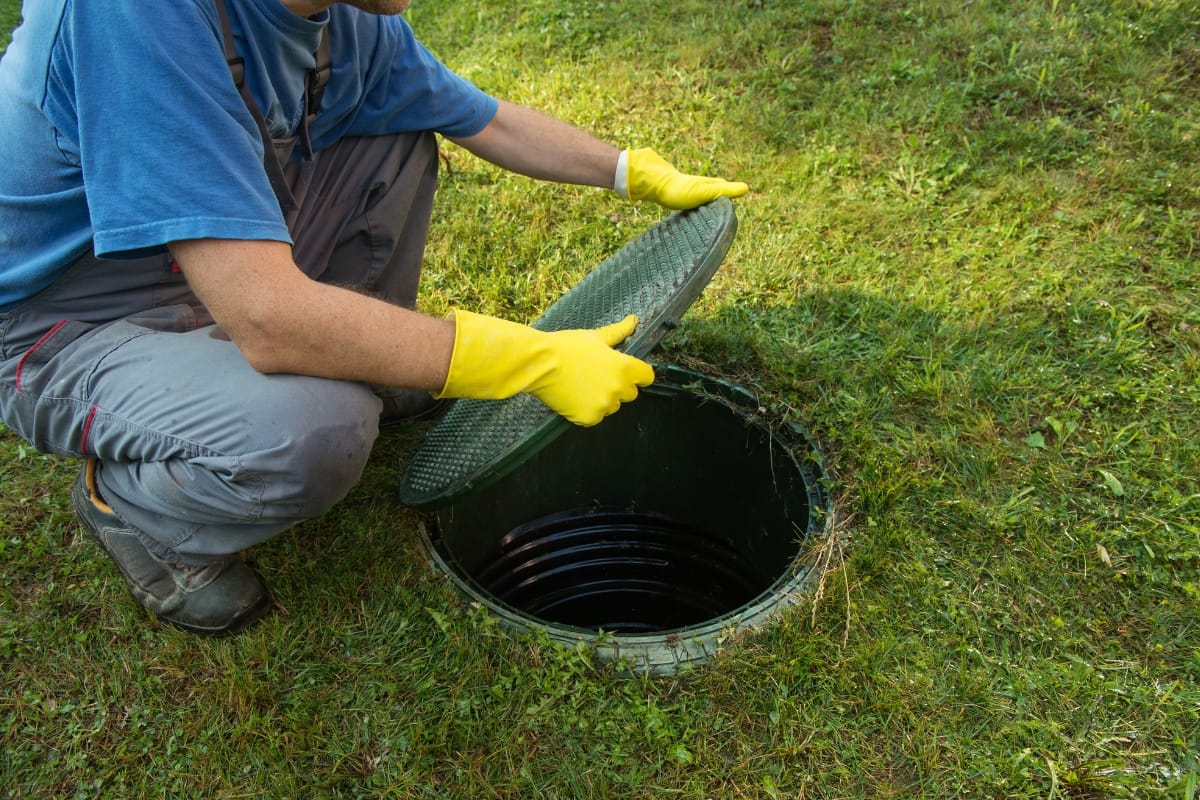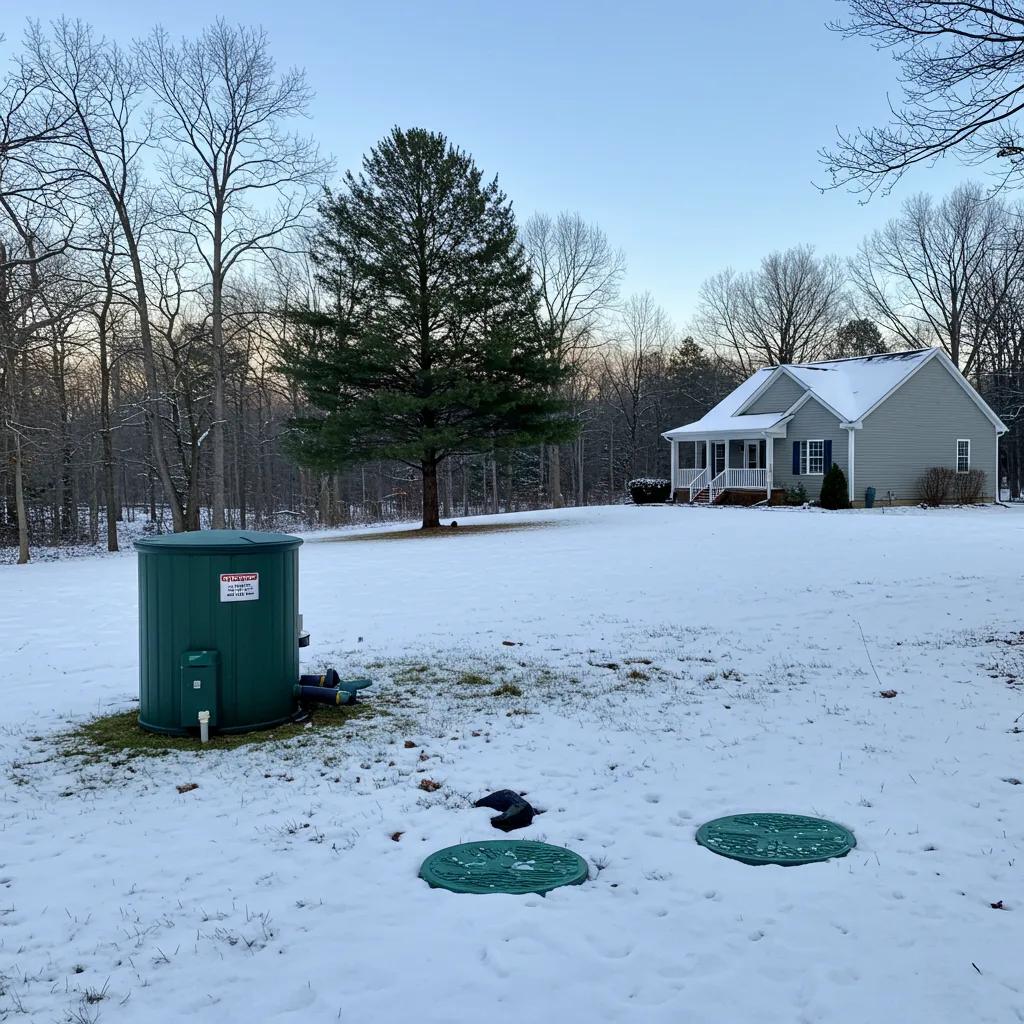Knowing when your septic tank is full can save you from unexpected repairs, messy backups, and costly fixes. A full septic tank often gives warning signs that, if caught early, allow you to schedule maintenance before problems arise.
From slow drains and foul odors to pooling water near the drain field, recognizing these signals can help you keep your septic system running smoothly. In this guide, we’ll discuss how to know if your septic tank is full and when to act to avoid inconvenient surprises.
How to Know If Your Septic Tank Is Full: A Homeowner’s Guide
Unusual Odors: The First Indicator of a Full Septic Tank

One of the first signs that your septic tank may be full is the presence of unusual odors. If you start to notice a foul smell in and around your home, particularly near drains or toilets, it could be a sign that your septic tank is reaching its capacity.
The odor occurs when the waste inside the tank begins to decompose and release gases. These gases can escape through cracks or leaks in the system and make their way into your home. If you’re experiencing persistent odors that don’t go away with regular cleaning, it’s time to consider having your septic tank inspected and pumped.
It’s important not to ignore these odors as they can indicate a more significant problem with your septic system. Ignoring the issue could lead to sewage backups or even damage to your plumbing system, resulting in costly repairs.
Slow Draining Fixtures: A Red Flag for Septic Tank Fullness
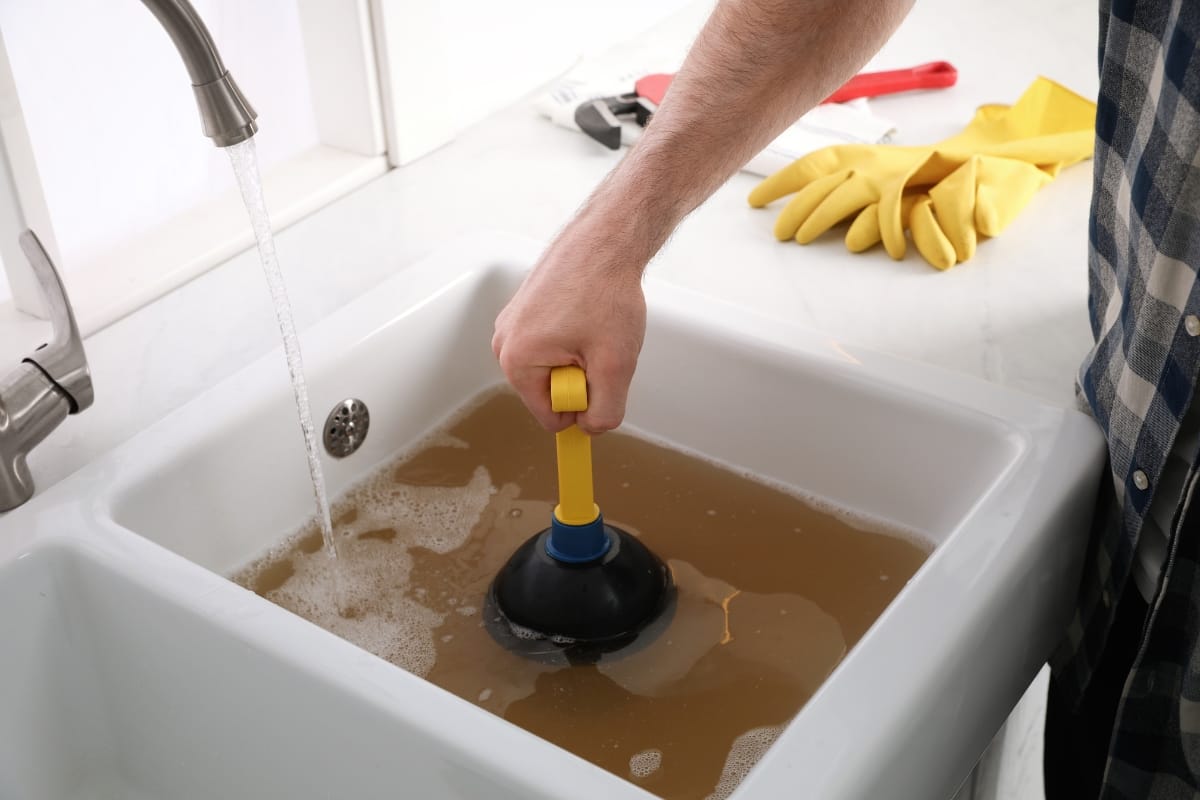
When sinks, showers, or toilets start draining more slowly than usual, it often signals a deeper issue within your septic system.
One common culprit is a full septic tank, which becomes less effective at separating solids from liquids as it reaches capacity. As solids accumulate, they can clog the system, reducing the flow of wastewater through pipes and creating drainage problems throughout your home.
In a healthy septic system, wastewater flows smoothly from the tank to the drain field. However, when the tank is full, solids can accumulate and block the outflow, leading to drainage issues that may affect multiple fixtures.
You might also notice gurgling sounds from pipes or toilets as trapped air bubbles struggle to escape, further indicating a compromised system. Addressing these early signs by scheduling a professional septic inspection can prevent more severe issues, such as backups or costly drain field repairs.
Standing Water in the Yard: An External Signal of Septic Tank Issues

Standing water in your yard is often a telltale sign that your septic system needs attention. When a septic tank becomes overly full, it cannot effectively process and disperse wastewater, causing it to back up into the drain field and seep into the surrounding soil. This excess water creates soggy or swampy patches, usually near the septic tank or drain field, and may be accompanied by an unpleasant odor as waste surfaces.
The presence of standing water in your yard poses more than just a cosmetic issue—it can be a serious health risk. Wastewater contains bacteria and pathogens that, if left untreated, can contaminate nearby groundwater or reach surface water sources, putting both the environment and your household at risk.
The saturated soil also reduces the drain field’s ability to absorb new wastewater, compounding the problem as more water flows into the already overburdened area.
Gurgling Sounds: Listening to Your Plumbing for Clues
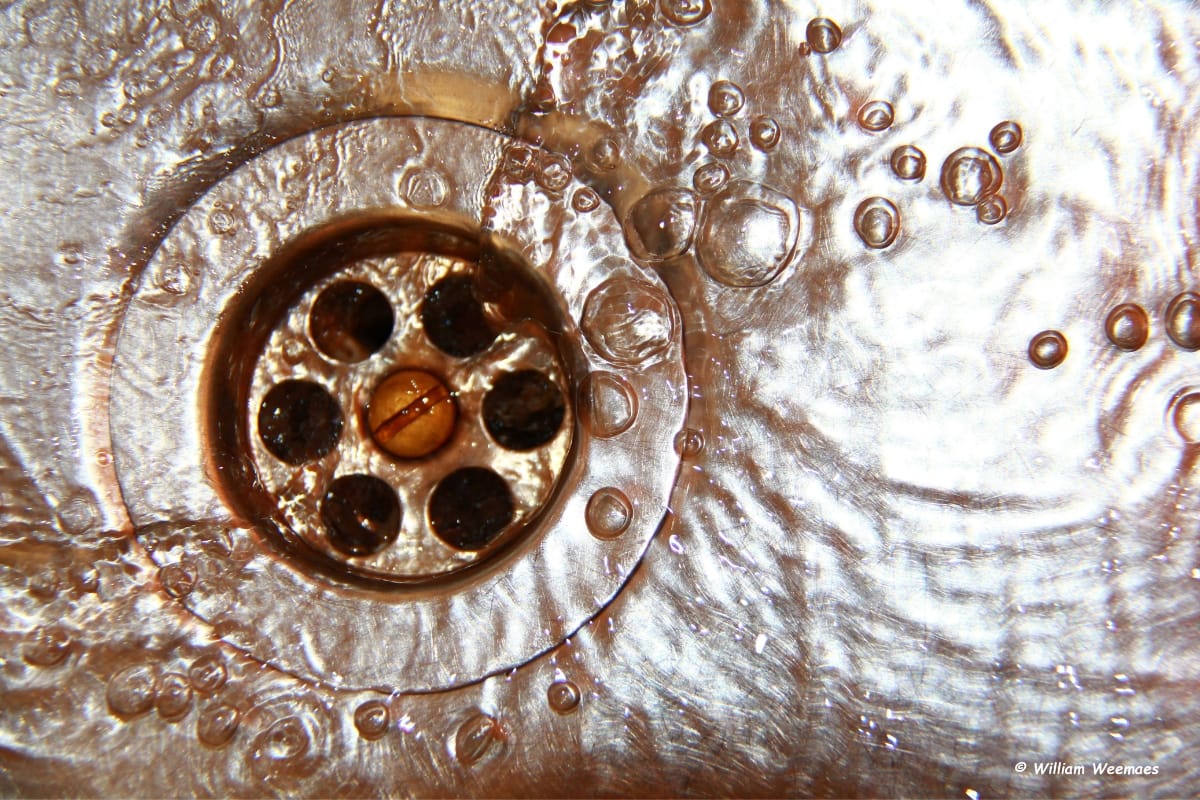
Strange gurgling sounds in your plumbing fixtures are often more than just a minor annoyance—they can be an early warning sign that your septic tank is nearing capacity.
These sounds usually occur when air bubbles get trapped in the pipes, a result of wastewater struggling to flow through a blocked or overly full septic system. When the tank is too full, drainage slows, and air can become trapped in the pipes, causing a distinct gurgling noise as it works its way out when you use sinks, showers, or toilets.
Gurgling sounds are not only indicators of a full septic tank but can also suggest blockages within the system that may lead to more severe problems if ignored.
For instance, as the system struggles to accommodate incoming wastewater, pressure can build up in the pipes, increasing the risk of sewage backing up into your home. If left unaddressed, this can lead to costly damage, potential health hazards, and unpleasant odors throughout your living spaces.
Regularly listening to your plumbing sounds can help you stay ahead of potential septic issues. When you first notice gurgling, it’s wise to check for other signs, such as slow drainage or foul odors, to confirm whether your septic system needs attention.
Contacting a professional as soon as you hear these sounds can help prevent more serious, expensive repairs down the line. They can assess whether your system needs pumping, or if there are other underlying issues, such as a clogged drainfield or damaged pipes, that require immediate attention.
Lush Grass over the Drainfield: Nature’s Warning Sign

A patch of exceptionally green, lush grass over your drain field might seem appealing, but it can actually signal an underlying issue with your septic system. When a septic tank functions properly, it releases treated wastewater into the drain field gradually, allowing the soil to absorb and treat the effluent without excess moisture reaching the surface.
However, when a septic tank nears capacity or is clogged, untreated or partially treated wastewater can overflow into the drainfield, saturating the soil and creating an overly fertile environment. This leads to unusually healthy and green grass, as the nitrogen-rich wastewater acts as a natural fertilizer.
While this patch of lush grass may seem harmless, it can actually be a precursor to more serious issues. If left unaddressed, an overfilled septic tank can cause the drainfield to fail, resulting in surface pooling, foul odors, and even raw sewage backing up into your home. Over time, this untreated wastewater can also contaminate nearby groundwater sources, potentially affecting drinking water quality.
To prevent these consequences, it’s essential to treat this lush patch as a red flag. If you notice this sign, consider contacting a septic professional for a thorough inspection.
Backups in the House: Urgent Signs of a Full Septic Tank
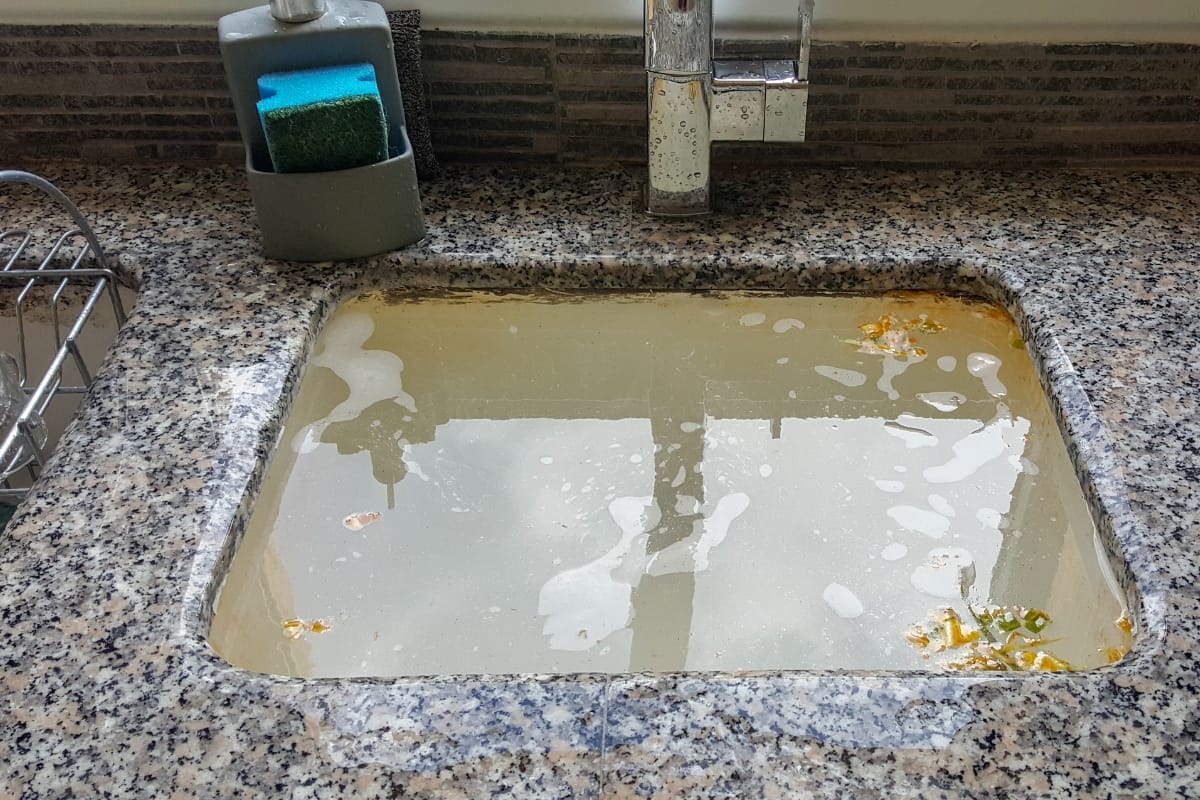
One of the most alarming indicators that your septic tank is overdue for pumping is sewage backup in your home. When wastewater starts to back up into sinks, showers, or toilets, it signals that the septic system is no longer handling waste properly. This occurs when the tank reaches maximum capacity, causing solid waste and water to clog the outflow and force wastewater back into your home’s plumbing.
Sewage backups are more than just an inconvenience; they pose serious health risks due to harmful bacteria and pathogens present in wastewater.
Prolonged exposure to raw sewage can lead to respiratory issues, skin irritation, and gastrointestinal illnesses. Moreover, sewage backups can cause extensive damage to floors, walls, and fixtures, leading to costly repairs and potential mold growth if not addressed promptly.
If you experience a backup, it’s essential to avoid using any plumbing fixtures, as further usage can increase the extent of the overflow and potentially spread contamination throughout your home. Contacting a professional septic service is crucial in these situations.
Acting swiftly when a backup occurs can save you from additional health risks, property damage, and the expenses that come with septic system failure, making regular septic tank maintenance an essential preventative measure for homeowners.
Increased Nitrate Levels in Well Water: The Silent Impact of a Full Septic Tank
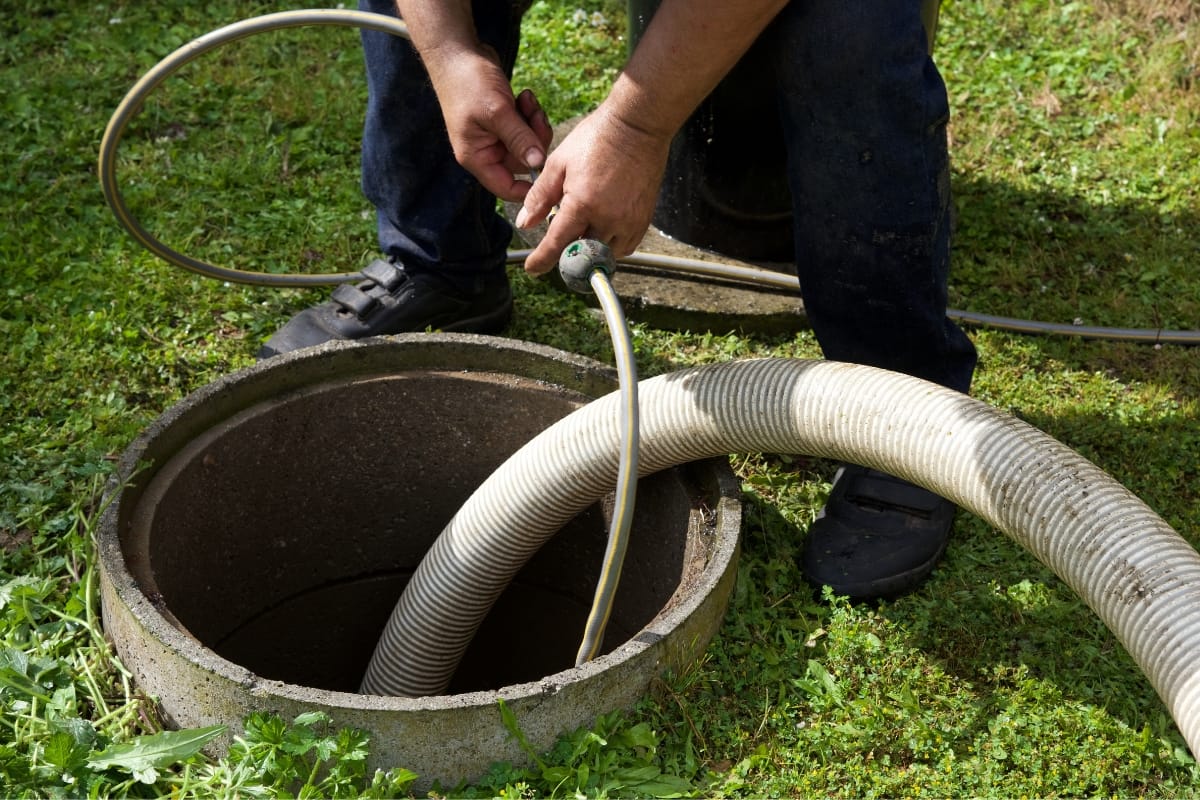
One hidden danger of a full septic tank is its impact on groundwater quality, particularly through increased nitrate levels in well water. As a septic system reaches capacity, untreated wastewater can overflow, seeping into nearby soil and leaching into groundwater sources, including wells. This seepage can introduce nitrates, which are commonly present in human waste, fertilizers, and decomposing organic material, into the water supply.
High levels of nitrates in drinking water are particularly hazardous to vulnerable populations, such as infants and pregnant women. In infants, nitrate contamination can lead to methemoglobinemia, or “blue baby syndrome,” a condition where blood cannot carry oxygen effectively, posing severe health risks. Long-term exposure to elevated nitrate levels is also linked to other health concerns, including certain cancers and thyroid dysfunction.
For homeowners relying on well water, regular water testing is essential, especially if a septic system is due for maintenance. Water tests specifically for nitrates can detect contamination early on, allowing homeowners to address issues before they escalate.
If elevated nitrate levels are found, it’s critical to immediately schedule a septic system inspection and pumping. Additionally, homeowners may want to consider installing water filtration systems specifically designed to reduce nitrate concentrations to safeguard the water supply further.
Regular Pumping: The Key to Preventing a Full Septic Tank
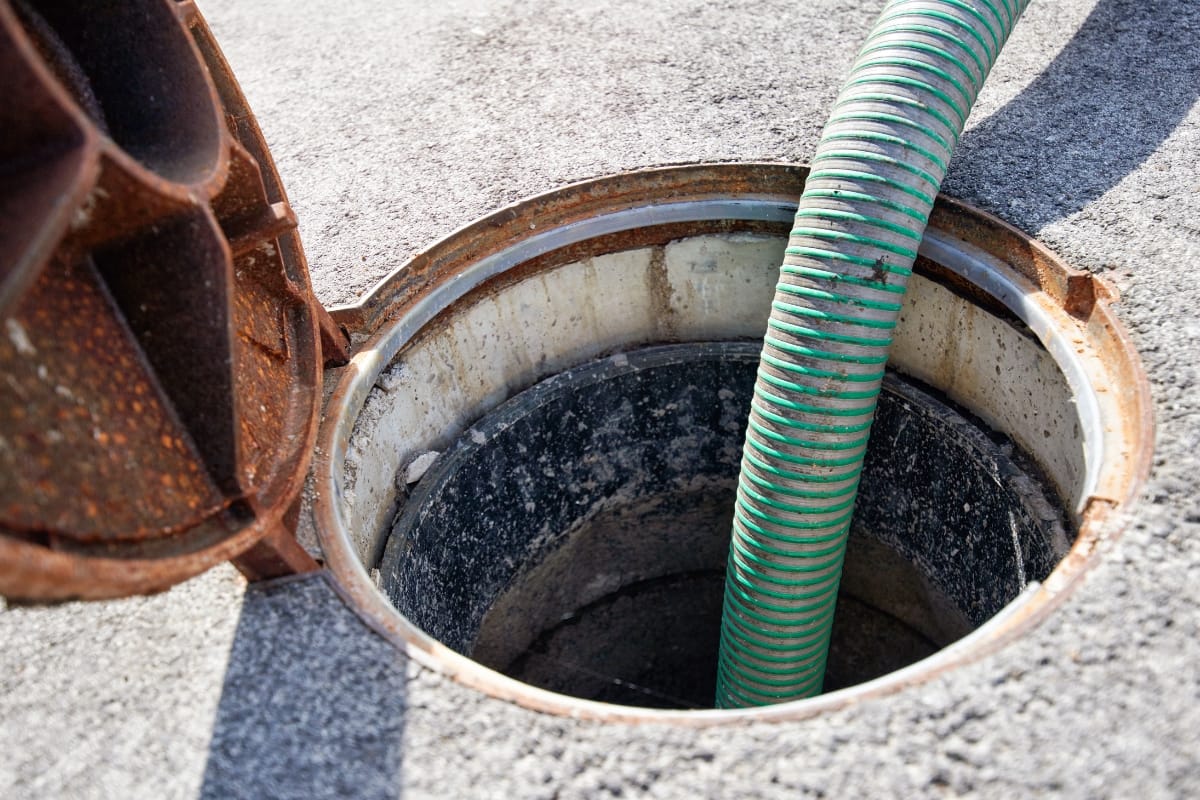
Regular septic tank pumping is essential to keep your system functioning smoothly and to prevent the costly problems that come with an overflowing tank.
The frequency of septic pumping varies based on household size, water usage habits, and tank capacity, but as a general rule, it’s advisable to schedule pumping every 3-5 years. For larger households or homes with heavy water usage—like those with multiple bathrooms, a garbage disposal, or frequent laundry cycles—annual or biennial pumping may be more appropriate.
Routine pumping helps remove solid waste buildup, which, if left unchecked, can lead to blockages that clog the system and cause backups. These backups can damage pipes, compromise the drainfield, and lead to expensive repairs. Moreover, a regularly pumped tank minimizes the risk of environmental contamination, such as nitrate pollution, which can affect nearby water sources, making regular maintenance an eco-conscious practice as well.
Regular pumping also helps maintain the tank’s natural bacterial balance, which plays a crucial role in breaking down waste effectively. When too much solid waste accumulates, it can disrupt this balance, leading to slower decomposition rates and a less efficient system overall. By being proactive, homeowners can extend their septic system’s life expectancy, typically allowing it to function efficiently for 20-30 years or more.
Keeping detailed maintenance records also supports proper care, helping to track past services and anticipate future pumping needs based on your household’s specific usage patterns. In the long run, the small, periodic cost of pumping pays off significantly by saving you from emergency repairs, protecting your property, and safeguarding local water quality.
Conclusion: Proactive Steps for Maintaining a Healthy Septic System
Maintaining a healthy septic system requires vigilance and proactive measures. By recognizing the signs of a full septic tank early on, you can avoid costly surprises and potential damage to your home.
At Smart Septic Pros, we specialize in thorough inspections and maintenance to keep your system running smoothly. If you suspect your septic tank may be full, don’t wait—reach out to our team at 678-993-4545 or fill out our contact form online to schedule a service. Let Smart Septic Pros help you prevent surprises with proactive care and reliable expertise.
